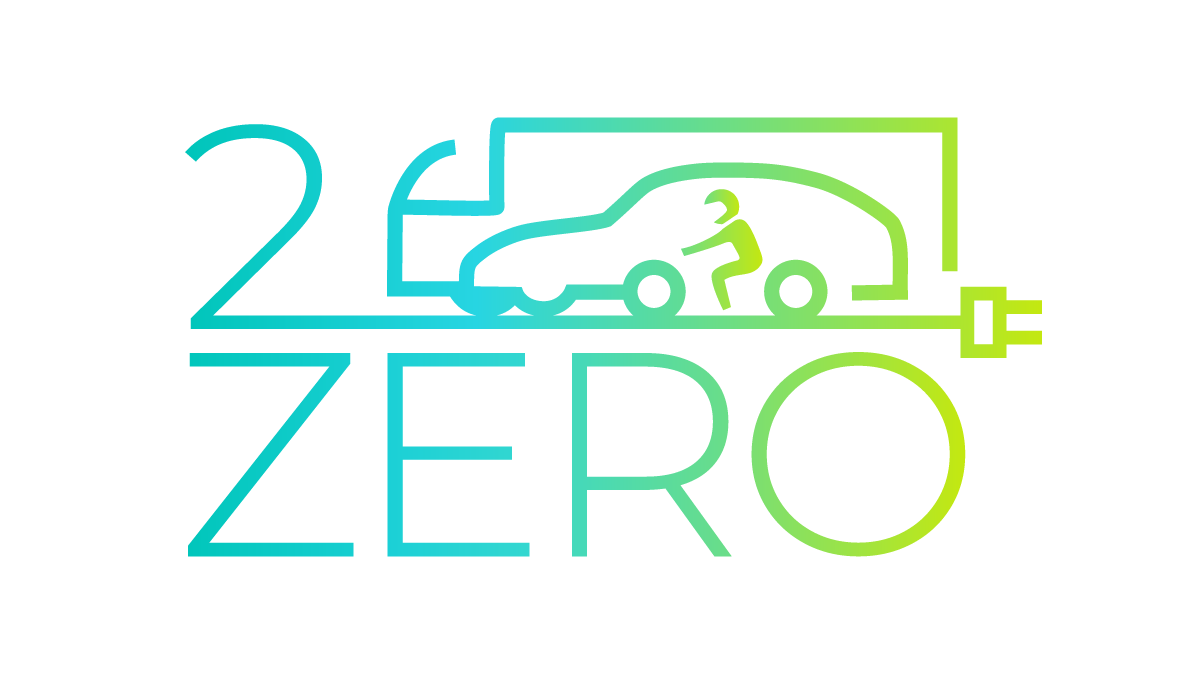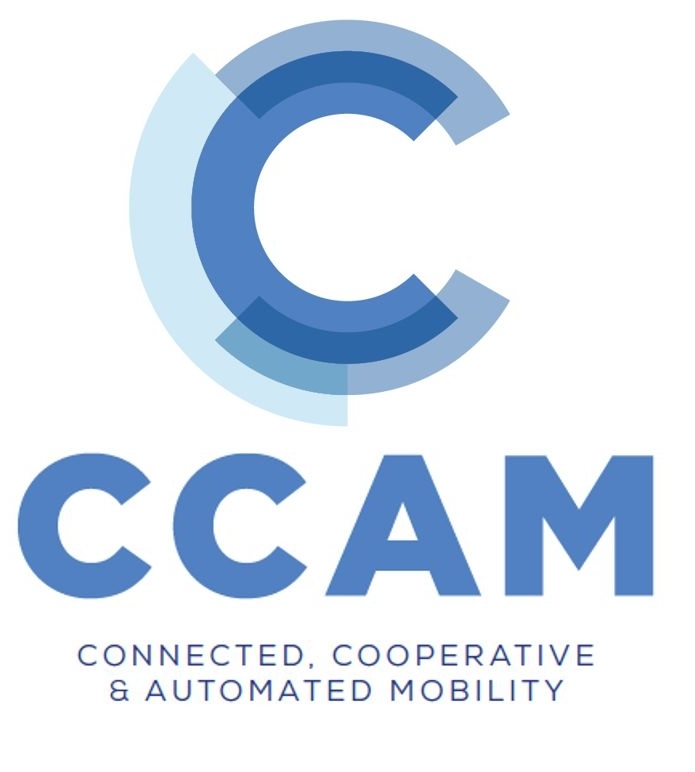Road transport is an essential part of the daily life of European citizens and businesses: road mobility provides everyday access to schools, offices, shops, healthcare etc. It is key for both passenger transport as well as freight and logistics: two-wheelers, cars, vans, buses and trucks play a vital role in the functioning of our society and our economy, and ensure resilience in times of crisis. Road transport, in connection with all the other modes, enables the social and economic activity across Europe, from within city centres to remote rural areas, thanks to private, shared and public transport solutions. The road transport sector is fundamental for the economic development, competitiveness and sovereignty of Europe.
The European automotive sector is at critical turning point, challenged by rapid technological changes required for the green and digital transition and an increasing international competition. To address these challenges, EC President von der Leyen launched, in January, the Strategic Dialogue on the Future of the European Automotive Industry, a collaborative process designed to tackle the sector’s most pressing challenges. On the 5th of March, the EC put forward an Action Plan, which builds on the Strategic Dialogue and outlines concrete actions to strengthen the automotive sector, ensuring its long-term resilience, growth, and sustainability.
The three areas identified and addressed by the action plan, namely reducing the dependency on fossil fuels, reducing production costs to create level-playing field with international competitors and unleashing the industry’s innovative power will largely rely on the EU research and innovation ecosystem. The activities already ongoing in the Horizon Europe co-programmed partnerships “Towards zero emission road transport” (2Zero) and “Connected, cooperative and automated mobility” (CCAM) need to be continued and extended as they are essential elements to drive the twin transition to the next level and ensure that the road transport sector, as a whole, can address these common challenges.
While a lot of efforts have been deployed to accelerate the transition of road transport towards sustainability and carbon neutrality, further actions are still needed to improve resource efficiency, reduce the energy demand of road transport and increase the efficiency of the vehicles operating in the system. In parallel, further integration of materials and their energetic dimension should be better considered, allowing the implementation of a truly life-cycle approach in the entire automotive value chain. The leverage potential offered by digitalization should also be fully exploited in the future. Continuous support, from basic research up to pre-deployment activities, is still needed to ensure a successful decarbonisation of the road transport sector, develop circular systems, safeguarding jobs and developing new skills in Europe. This is essential for the sector to keep its leadership position and for society as a whole to meet the Paris Agreement targets.
Building on the achievements of Horizon Europe, under the forthcoming tenth Framework Programme (FP10) it is still needed to reinforce Europe’s position also in automated and connected mobility. Technological, societal, and industrial challenges should be addressed through the approach that is strategically open yet autonomous, firmly rooted in European values. Open-source solutions, AI in the cloud and at the edge, and software-defined, electronics-enabled vehicles will need to be championed - transforming technical maturity into global market leadership while safeguarding European values and data control. Automation must also improve mobility for those who rely on it, particularly ageing populations and underserved regions. The future initiative in FP10 has to ensure that CCAM solutions address mobility challenges by integrating human-centric design, digital inclusivity, and workforce upskilling to drive societal readiness, adoption, and impact.
As highlighted in the Automotive Industrial Action Plan, Europe needs to shift the gear for the development of the Software-Defined Vehicle of the Future. Stakeholders, all along the value chain, needs to come together to address the increase of software complexity within vehicles in combination with cloud-based services and develop European-based solutions. Development of shared open software ecosystem, open interfaces with well-managed APIs, digital hardware building blocks, and common standards will be essential to ensure that Europe can become a leader in this area.
The new Framework Programme (FP10) must pursue the pre-competitive public-private collaborative research and push it to new heights, with more cross-sector collaborations and closer linking to deployment activities. In parallel, it must ensure the speed and necessary agility to provide rapid answers to emerging challenges and integrate rapidly evolving technologies such as Artificial Intelligence.
More should also be done to support the uptake of research and innovation outcomes in the market. A new type of “European Flagship Initiatives” could be a way to demonstrate the impact of innovation at large scale and accelerate the uptake and large-scale deployment of innovative solutions developed in partnerships, and beyond. In the next Multi-Annual Financial Framework (MFF), funding tools should offer the possibility to support this new type of initiatives, thanks to new funding instruments, or a smoother, and more integrated, combination of existing mechanisms. Access to enhanced funding instruments should be fast and easy.
To be successful in the twin transition, we need to work together, policymakers, industry, research and infrastructure to drive an ambitious research and innovation agenda, aligned with EU policies and initiatives. This will require to mobilize strategic funding in view of the next MFF and FP10 in a joint effort between national and European level, and to align it with private investments.
The European Commission envisages to dedicate in Horizon Europe (2021-2027) up to EUR 500 million to actions within the scope of the CCAM Partnership and up to EUR 615 million to actions within the scope of the 2Zero Partnership.
The additional private and/or public R&I investments in EU priorities (additionality) generated by the EU contribution in a European Partnership can be translated into a leverage effect resulting from the Union intervention. The full leverage of the co-programmed partnerships, according to Biennial Monitoring Report 2024 on Partnerships in Horizon Europe, is 3.55.
Supported by


Sign up to The Parliament's weekly newsletter
Every Friday our editorial team goes behind the headlines to offer insight and analysis on the key stories driving the EU agenda. Subscribe for free here.